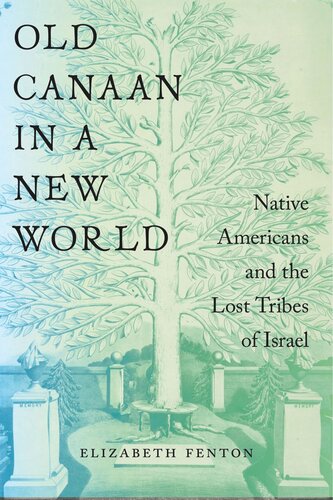

Most ebook files are in PDF format, so you can easily read them using various software such as Foxit Reader or directly on the Google Chrome browser.
Some ebook files are released by publishers in other formats such as .awz, .mobi, .epub, .fb2, etc. You may need to install specific software to read these formats on mobile/PC, such as Calibre.
Please read the tutorial at this link: https://ebookbell.com/faq
We offer FREE conversion to the popular formats you request; however, this may take some time. Therefore, right after payment, please email us, and we will try to provide the service as quickly as possible.
For some exceptional file formats or broken links (if any), please refrain from opening any disputes. Instead, email us first, and we will try to assist within a maximum of 6 hours.
EbookBell Team

4.3
8 reviewsWere indigenous Americans descendants of the lost tribes of Israel?
From the moment Europeans realized Columbus had landed in a place unknown to them in 1492, they began speculating about how the Americas and their inhabitants fit into the Bible. For many, the most compelling explanation was the Hebraic Indian theory, which proposed that indigenous Americans were the descendants of the ten lost tribes of Israel. For its proponents, the theory neatly explained why this giant land and its inhabitants were not mentioned in the Biblical record.
In Old Canaan in a New World, Elizabeth Fenton shows that though the Hebraic Indian theory may seem far-fetched today, it had a great deal of currency and significant influence over a very long period of American history. Indeed, at different times the idea that indigenous Americans were descended from the lost tribes of Israel was taken up to support political and religious positions on diverse issues including Christian millennialism, national expansion, trade policies, Jewish rights, sovereignty in the Americas, and scientific exploration.
Through analysis of a wide collection of writings—from religious texts to novels—Fenton sheds light on a rarely explored but important part of religious discourse in early America. As the Hebraic Indian theory evolved over the course of two centuries, it revealed how religious belief and national interest intersected in early American history.